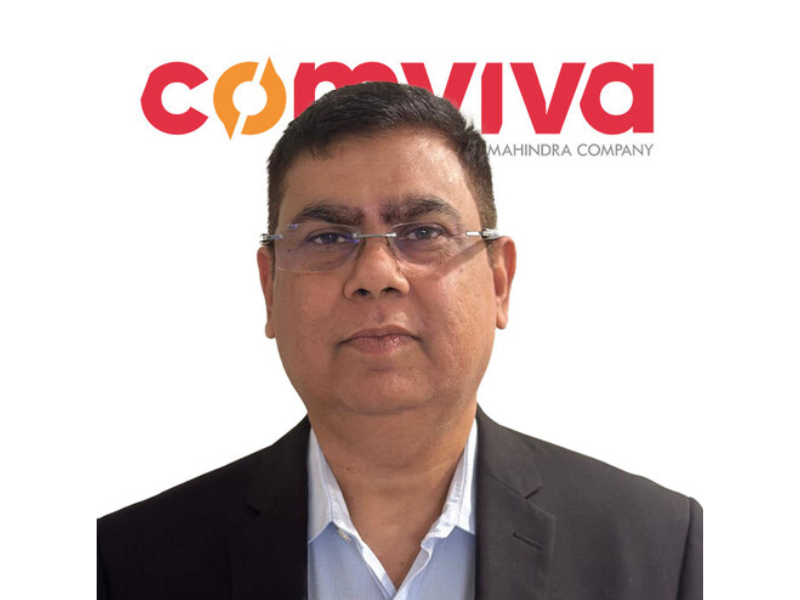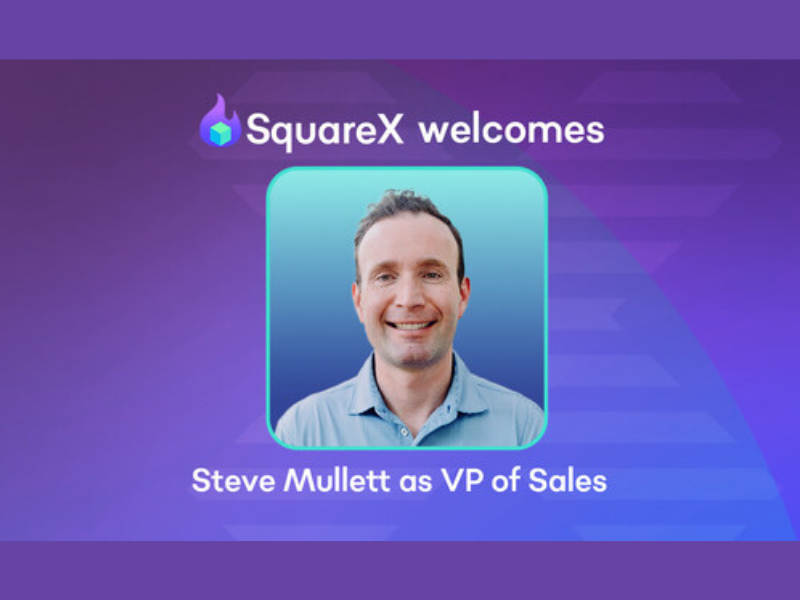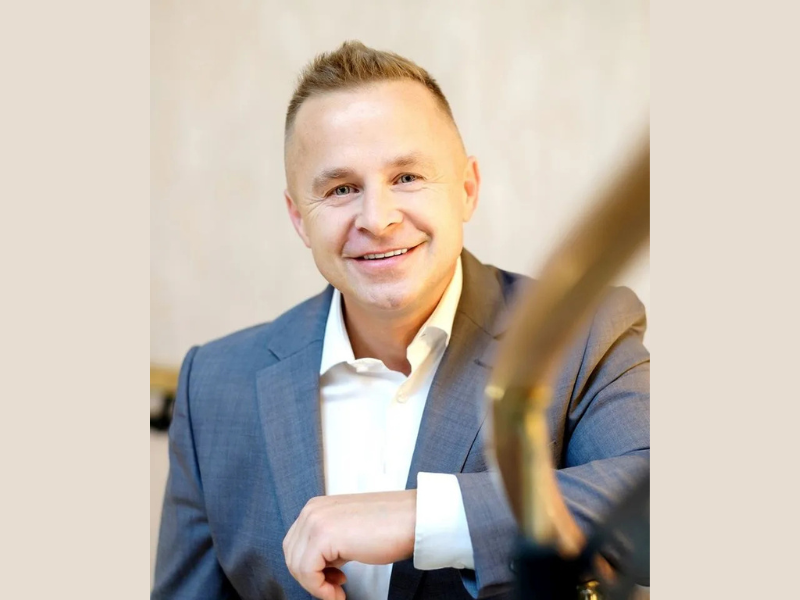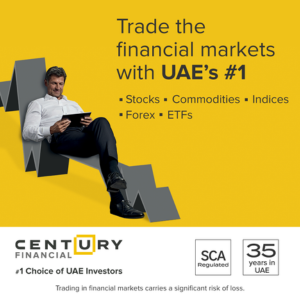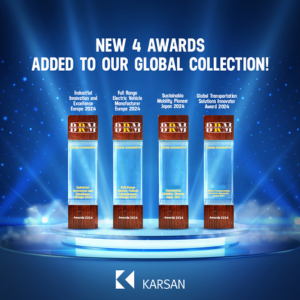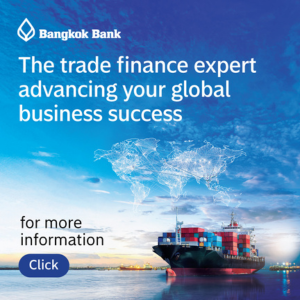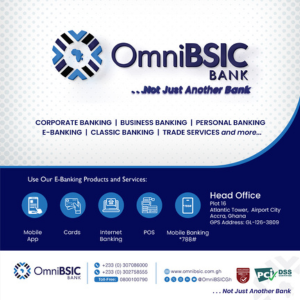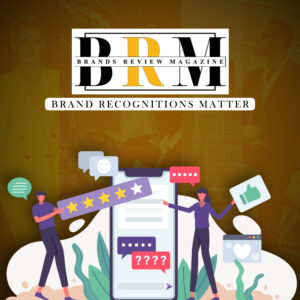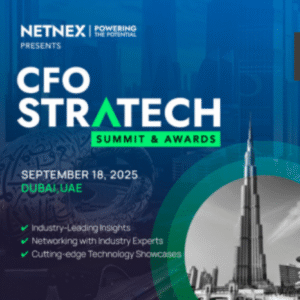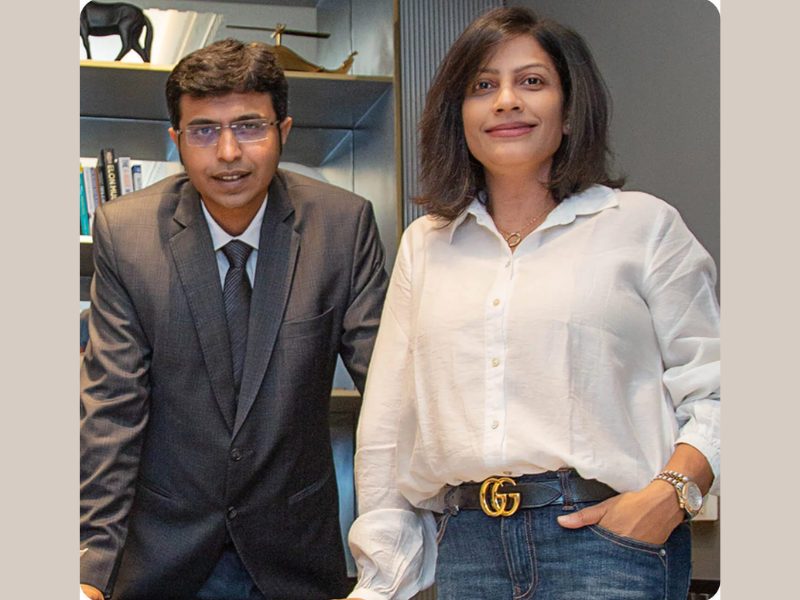Global Entrepreneur Roman Ziemian dives into how visionary brands across the region are using purpose—not prestige—to build lasting influence, cultural relevance, and global respect.
.
The Middle East’s Sustainable Transformation: Beyond Oil and Skylines
Once synonymous with oil wealth and towering skylines, the Middle East is undergoing a transformation that reaches far beyond glass and steel. Today, the region is quietly — and boldly — emerging as a beacon of sustainability, redefining what brand power looks like in a changing world.
Living between Europe and the Middle East, I have spent years navigating the arenas of performance, luxury, and impact, I’ve seen the shift firsthand. Sustainability in the Middle East is no longer a symbolic gesture. It’s becoming the core language through which powerful brands express identity, influence, and intention.
.
From Vision to Execution: The Middle East Leads the Sustainable Rebrand
In my time working across business and cultural initiatives in the UAE and Saudi Arabia, one thing has become clear: sustainability here is not about catching up — it’s about leading from the front.
Look at Saudi Arabia’s Vision 2030. It’s one of the boldest transformation agendas on the planet, with sustainability embedded at every level. Projects like NEOM — a futuristic smart city powered entirely by renewable energy — are not just architectural marvels, but branding statements. They say: “We’re not defined by our past — we’re designing the future.”
In the UAE, the hosting of COP28 in 2023 was more than a political milestone. It was a powerful signal that sustainability is now central to the region’s geopolitical and economic identity.
And perhaps no example illustrates this better than Masdar City in Abu Dhabi — a living, breathing testament to what a sustainable city of the future looks like. Designed to be one of the world’s most sustainable urban developments, Masdar City is powered by renewable energy, built with low-carbon materials, and operates with near-zero waste. But what makes it truly groundbreaking is how it weaves sustainability into the DNA of business, innovation, and lifestyle. It’s not just a city — it’s a global innovation hub, attracting cleantech startups, research institutions, and future-forward brands that want to grow in alignment with purpose and planet.
Masdar isn’t just a concept — it’s an execution. And that’s the kind of credibility that inspires global respect.
.
Luxury Is Being Redefined — And Sustainability Is the New Status Symbol
I’ve always believed that true luxury is not about abundance, but authenticity. And in today’s Middle East, the luxury consumer is evolving. They are young, well-traveled, digitally native — and highly conscious.
Green is the new gold. Luxury brands operating in the region — from Chanel to Bulgari, Cartier to Four Seasons — are rethinking their value proposition. They are building LEED-certified stores, using traceable materials, and investing in supply chain transparency. Because today’s elite doesn’t just buy to signal wealth — they buy to signal awareness.
The rise of sustainable fashion events in Riyadh, eco-resorts in Oman, and green innovation hubs in Qatar is proof that sustainability is not just welcome in the region — it’s in vogue.
.
Brand Power Now Lies in Purpose, Not Prestige
Brands that dominate the Middle Eastern market today understand a simple truth: values drive value. A powerful brand in 2025 is not one that simply sells. It stands for something.
Take Emirates Airline, for instance. Once defined purely by luxury and service, the brand is now investing heavily in biofuel research, sustainable aviation, and carbon offset programs. Why? Because longevity in the modern marketplace is earned through relevance — and relevance comes from purpose.
AlUla, one of Saudi Arabia’s most ambitious cultural tourism projects, is another brilliant example. Rather than bulldozing heritage, it’s preserving it — and turning ancient history into a luxury, sustainable experience. This is smart branding: marrying conservation with commerce.
.
The Youth Are Watching — and Leading
Over 60% of the population in the Middle East is under 30. And this generation doesn’t care for greenwashing. They demand authenticity, accountability, and action. Brands that underestimate this shift will lose relevance quickly — no matter how long they’ve been dominant.
This is where the most powerful Middle Eastern brands are pivoting brilliantly. Whether it’s Aramco’s investment in renewables, Majid Al Futtaim’s circular economy initiatives, or Saudi Airlines’ green flight programs, sustainability is becoming the heartbeat of regional branding.
.
From Compliance to Culture: A New Mindset in Middle Eastern Branding
For years, sustainability was seen as a checkbox — something to report on in an ESG statement. Today, in the Middle East, it’s becoming a cultural operating system. The smartest brands aren’t treating it as a constraint — they’re treating it as creative fuel.
This is the dawn of what I call conscious influence — when brands lead not through dominance, but through direction. Through the values they embody, the stories they tell, and the futures they help build.
I’ve always believed in efficiency, precision, and performance. These values don’t disappear in the world of sustainability — they amplify. Sustainability, at its core, is high-performance living. It’s about moving forward — but doing so responsibly.
.
Conclusion: Sustainability Is Not a Cost — It’s Capital
For the Middle East, this isn’t just a branding opportunity. It’s a defining chapter. The brands that rise now — rooted in purpose, designed for people, and respectful of the planet — will not only succeed locally. They will become icons of global influence. Because in the modern world, sustainability is not a cost. It’s the capital. And the most powerful brands have already begun investing.
.
Article received on email.



